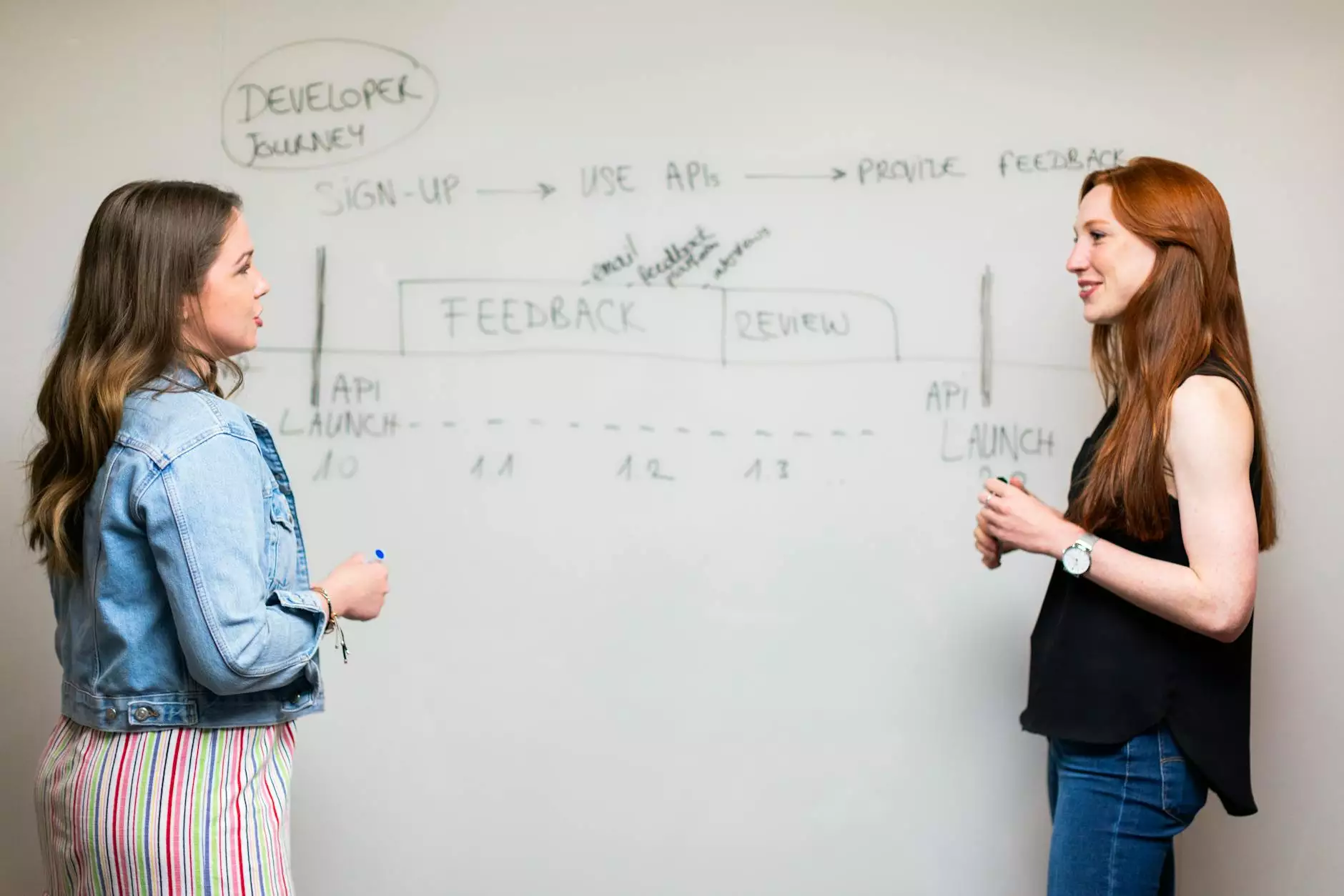Best Tools and Methods for Remote Usability Testing
Services
Introduction to Remote Usability Testing
Remote usability testing has become an essential component of optimizing user experience for websites and applications. By leveraging various tools and methods, businesses can gain valuable insights into how users interact with their digital products without the need for in-person testing.
Benefits of Remote Usability Testing
Remote usability testing offers several advantages, including the ability to gather feedback from a diverse pool of participants, cost-effectiveness, and the convenience of conducting tests remotely. By using the right tools and methods, businesses can enhance user satisfaction, increase conversion rates, and improve overall website performance.
Top Remote Usability Testing Tools
1. UserZoom: UserZoom is a comprehensive remote user testing platform that offers a wide range of features, including screen recording, heatmaps, and surveys to gather actionable insights.
2. UsabilityHub: UsabilityHub allows you to create various tests, such as preference tests, click tests, and navigation tests, to gather specific feedback on different aspects of your website's usability.
3. Lookback: Lookback specializes in remote moderated and unmoderated user testing, enabling you to conduct live interviews with participants and analyze user behavior in real-time.
4. UserTesting: UserTesting provides access to a global panel of participants for quick feedback on your website, mobile app, or prototype, helping you identify usability issues and opportunities for improvement.
Advanced Methods for Remote User Testing
1. Task-Based Testing: Create specific tasks for participants to complete on your website, simulating real-world scenarios to evaluate usability and navigation.
2. In-Depth Interviews: Conduct one-on-one interviews with users to delve deeper into their experiences, preferences, and pain points when interacting with your digital product.
3. Heuristic Evaluation: Use expert evaluators to assess your website's usability based on established heuristic principles, identifying usability flaws and recommending solutions.
4. Remote Eye Tracking: Utilize advanced eye tracking technology to analyze user gaze patterns and interactions on your website, gaining insights into visual hierarchy and user attention.
Conclusion
By employing the best tools and methods for remote usability testing, businesses can optimize their digital experiences, improve user satisfaction, and drive conversions. seostudios is dedicated to helping businesses leverage remote user testing to enhance their online presence and achieve sustainable growth. Contact us today to learn more about our comprehensive SEO services.









